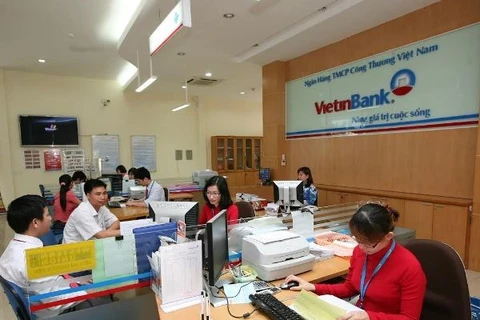Hanoi (VNA) – Moody’s Investors Service said that Vietnam’s real GDP growth will remain robust, averaging 6.7 percent in 2018, in its annual credit analysis released on April 3.
According to Moody’s, the country’s (B1 positive) credit profile reflects the economy’s robust growth trends, which are spurred in turn by its increasing competitiveness and a rapid economic transition away from traditional sectors such as agriculture into manufacturing, and further up the value-added scale within these sectors.
Moody's credit analysis, titled "Government of Vietnam -- B1 positive", rated Vietnam’s economic strength as "high (-)", institutional strength "low (+)"; fiscal strength "moderate (-)"; and susceptibility to event risk "high (-)".
It said Vietnam’s 2018 growth, nearly twice as high as the average for B-rated sovereigns of 3.6 percent, is supported by domestic consumption and by strong investment growth on the back of public sector infrastructure development spending.
Moody's also expects that strong foreign direct investment (FDI) inflows will continue to diversify Vietnam's economy and strengthen growth compared with similarly rated peers, thereby supporting a stabilization in the government's debt burden.
It points out that while rapid credit growth presents risks to the banking system, it could also represent a degree of financial deepening.
High government debt levels and widening deficits act as a credit constraint, and as Vietnam graduates from the World Bank's International Development Association program, its debt affordability may erode.
To increase credit ratings, Moody’s suggests Vietnam carry out concrete measures to reduce the Government’s debt burden, and strengthen the banking system and State-owned enterprises in order to diminish contingent risks to the government and lower macro-financial risks.
Moody's Investors Service is a leading provider of credit ratings, research, and risk analysis.The firm's ratings and analysis track debt covering more than 135 sovereign nations, approximately 5,000 non-financial corporate issuers, 4,000 financial institutions issuers, 18,000 public finance issuers, 11,000 structured finance transactions, and 1,000 infrastructure and project finance issuers.-VNA
VNA























